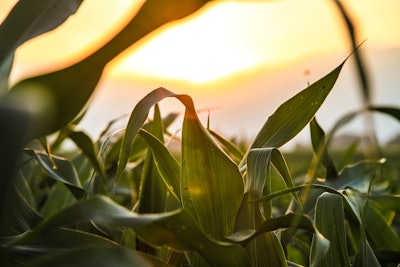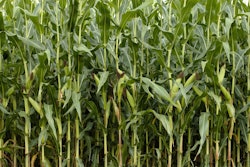
Air humidity is more important than soil moisture in influencing whether it rains in the U.S. Corn Belt, an agricultural area in the Midwest, stretching from Indiana to Nebraska and responsible for more than 35% of the world’s most important grain crop, according to a new study by Penn State researchers.
Soil moisture is considered an essential climate variable, according to the Global Climate Observing System, because it determines the amount of evaporation and cooling of the air near the Earth’s surface. As soil moisture amounts decrease, either during drought or as a result of climate change, the reduced evaporation can amplify the warming.
“This study is important also because Corn Belt agriculture is mainly rainfed, rather than irrigated,” said Andrew Carleton, one of the study's authors.
“So the Corn Belt is much more susceptible to year-to-year climate variations, like droughts and wet periods, and to the impacts from climate change which are likely to increase this variability and lead to even greater extremes.”
For the Corn Belt, continued warming is likely to shift crop types northward and with a longer growing season, likely increasing climatic and market economic uncertainties going forward.
Read the full report here.

















